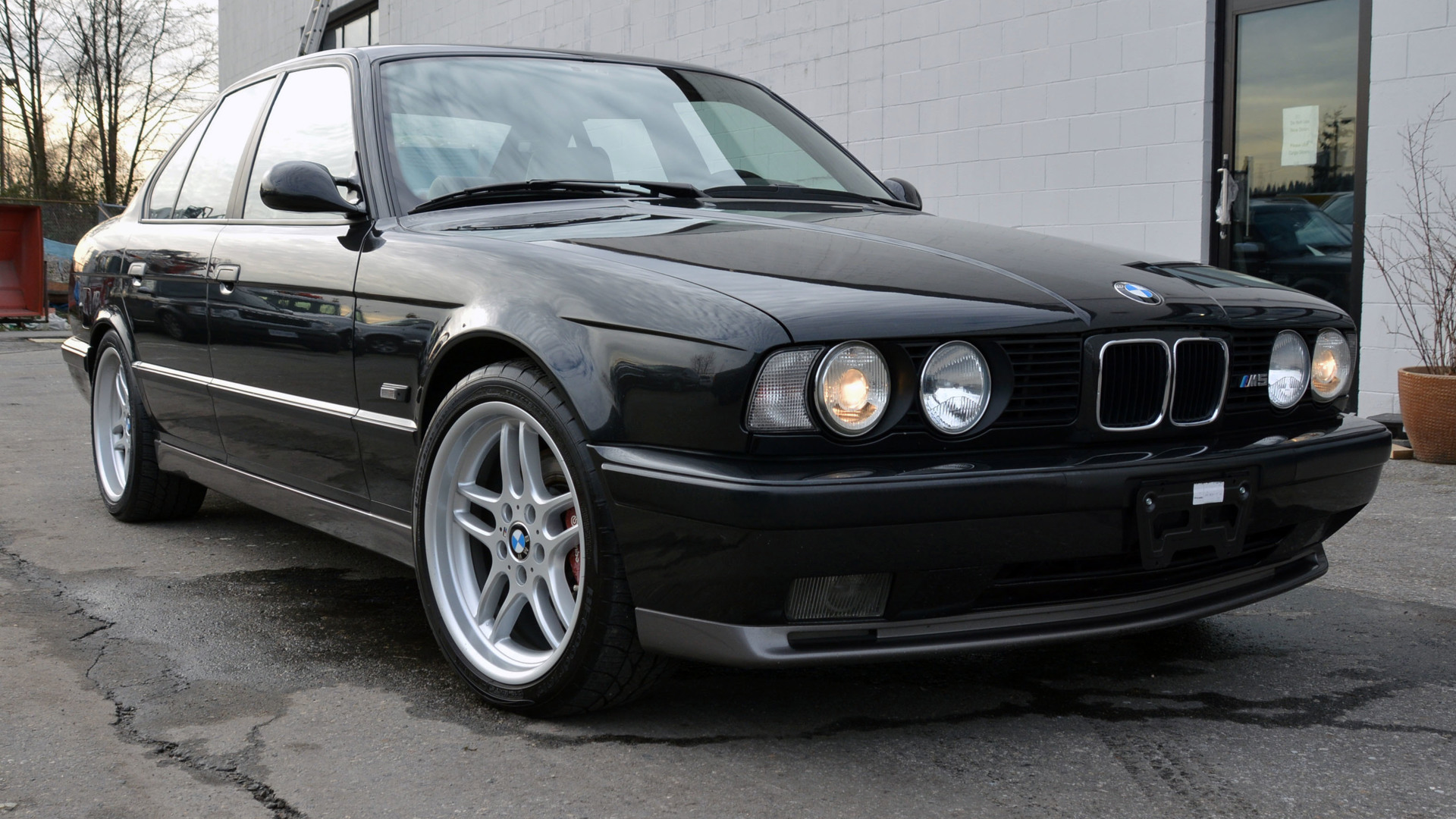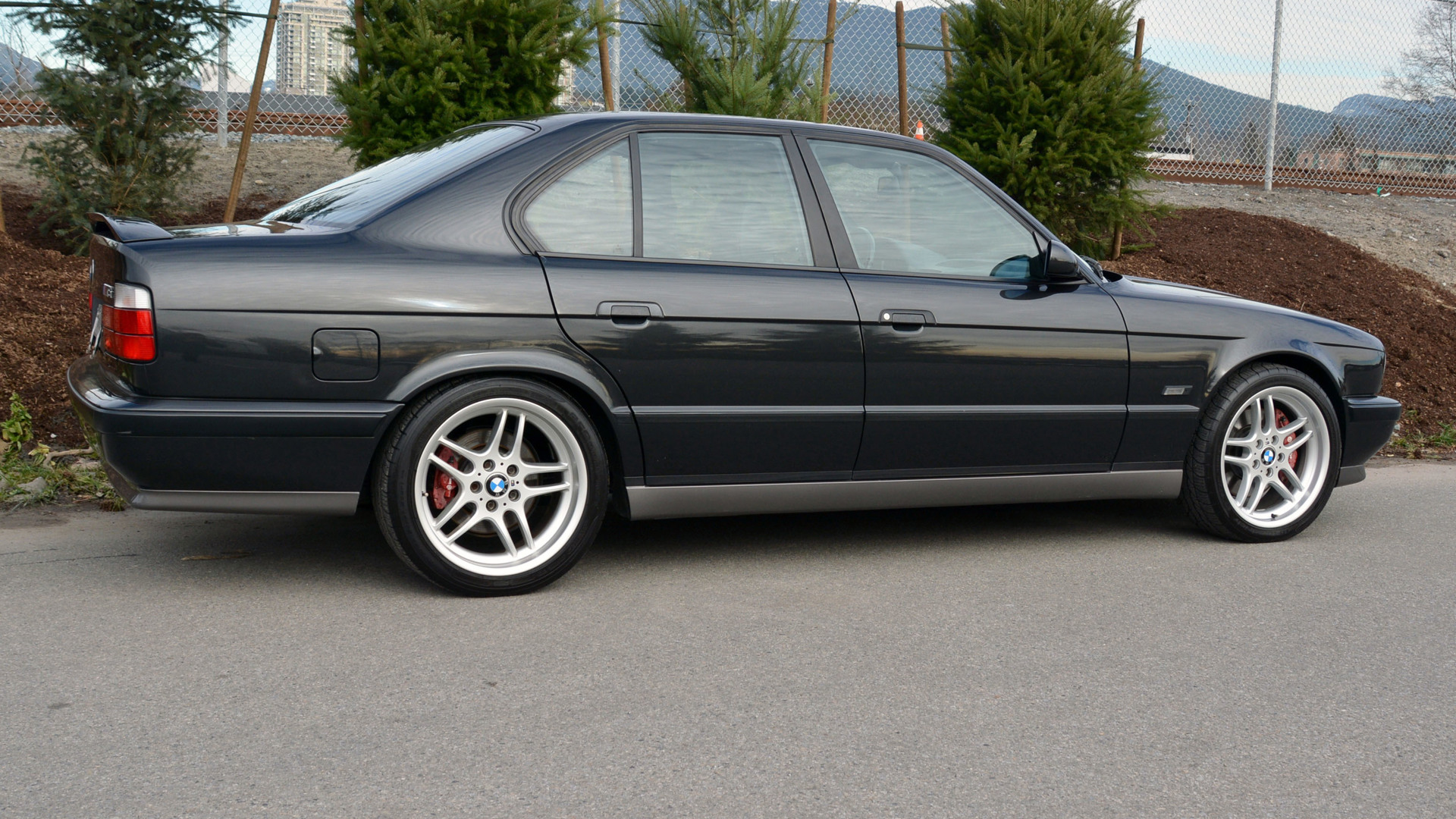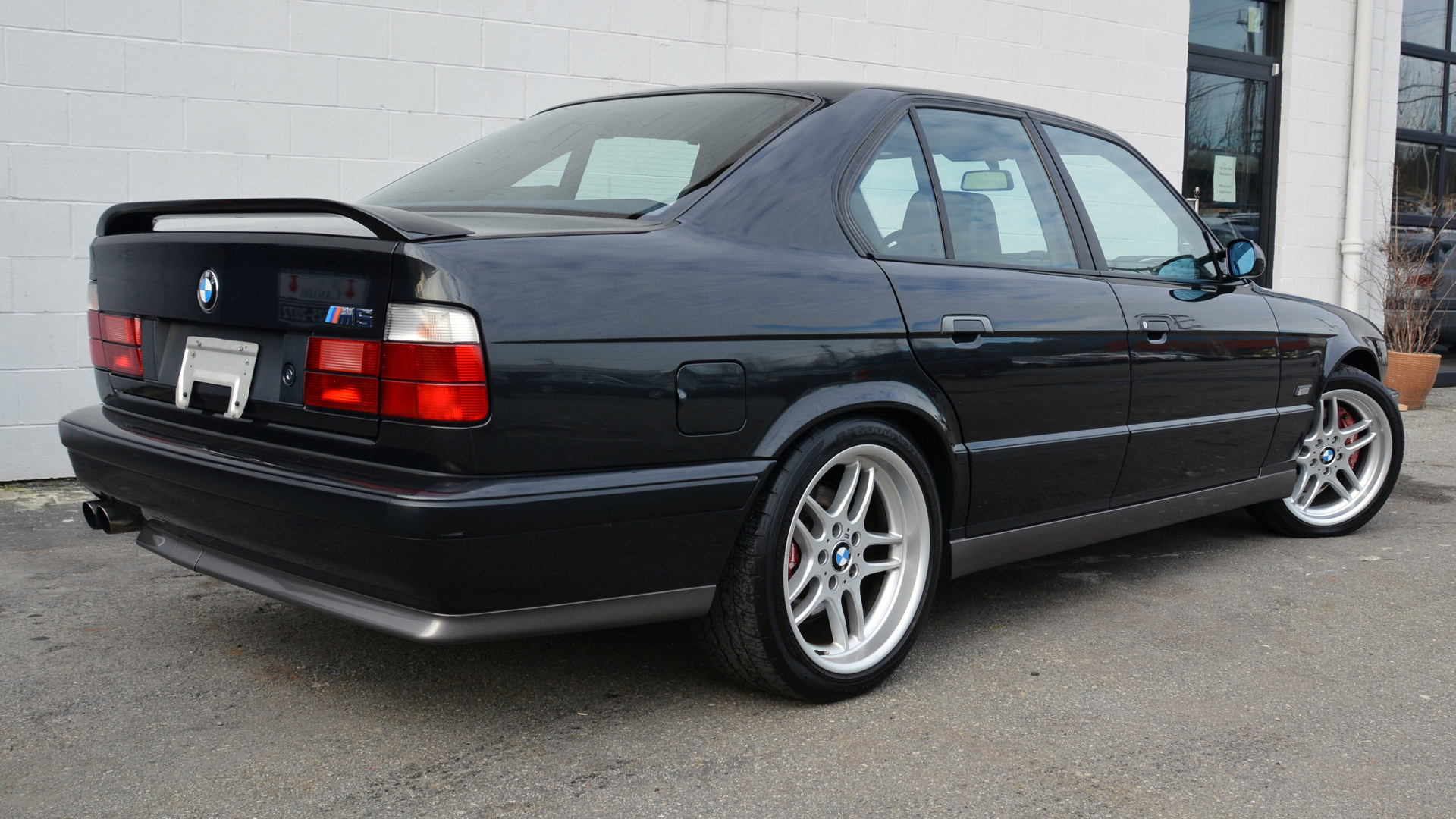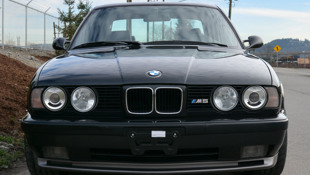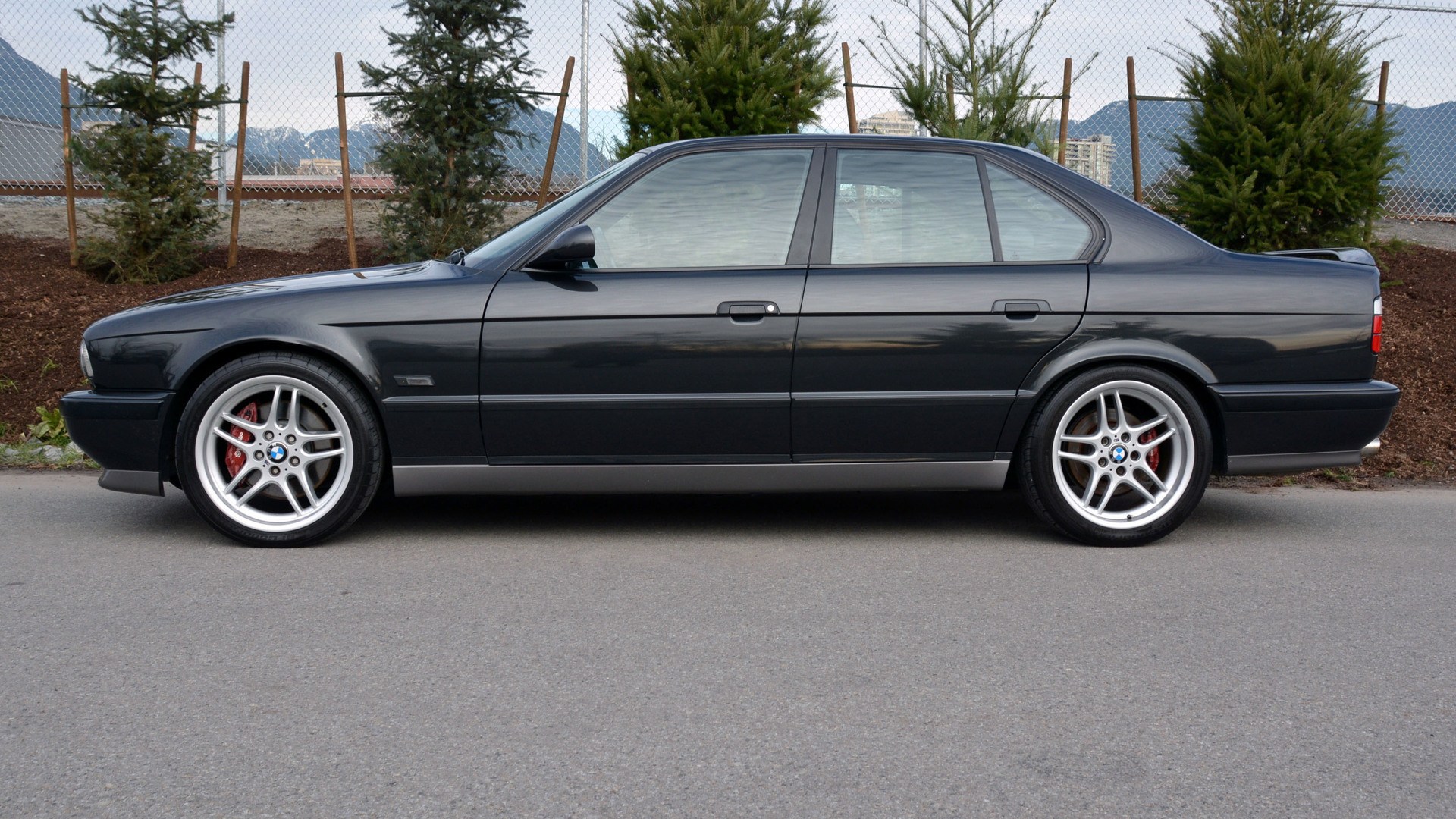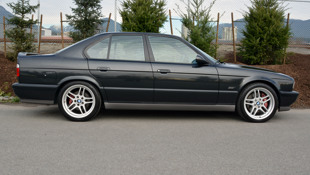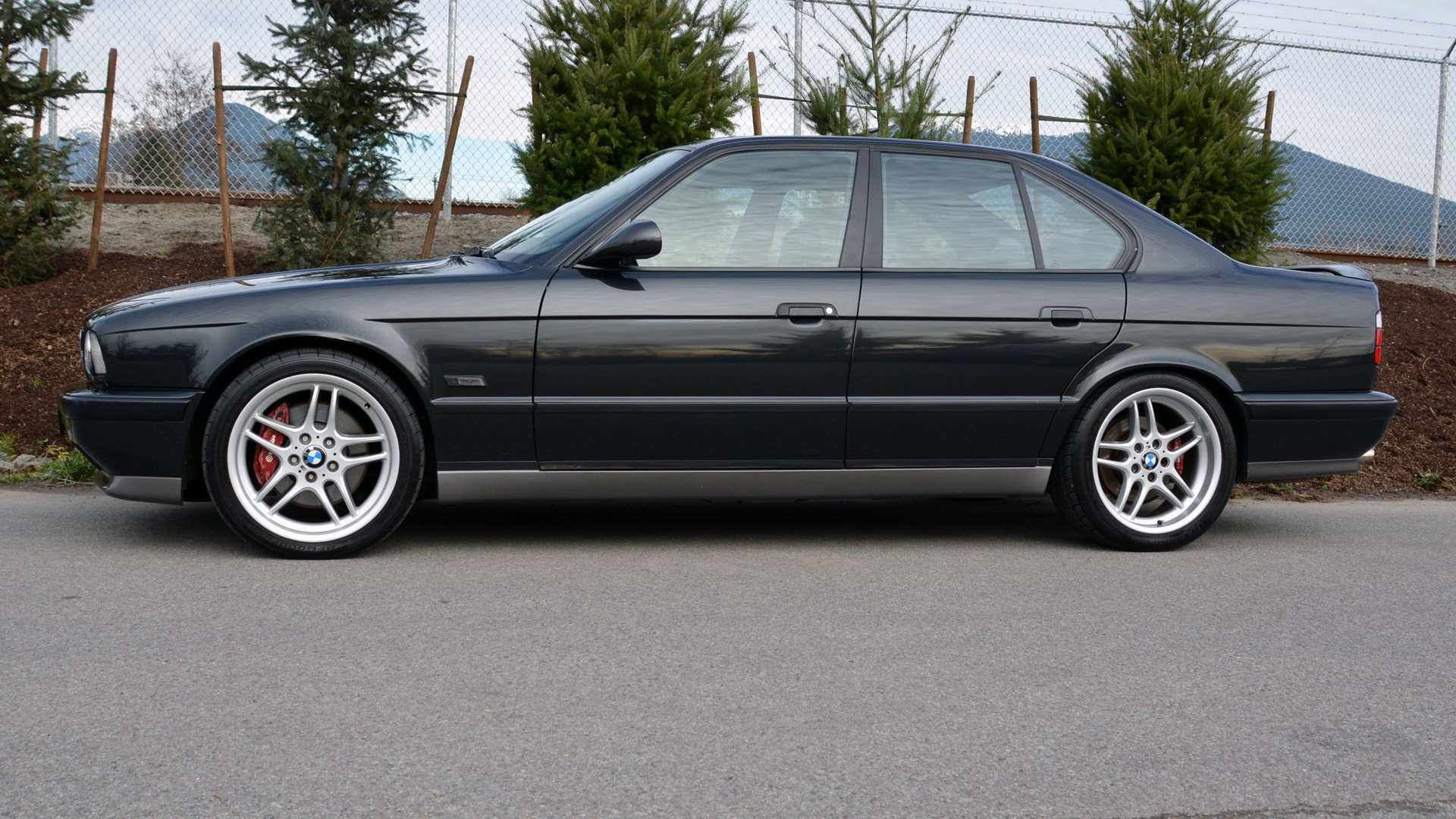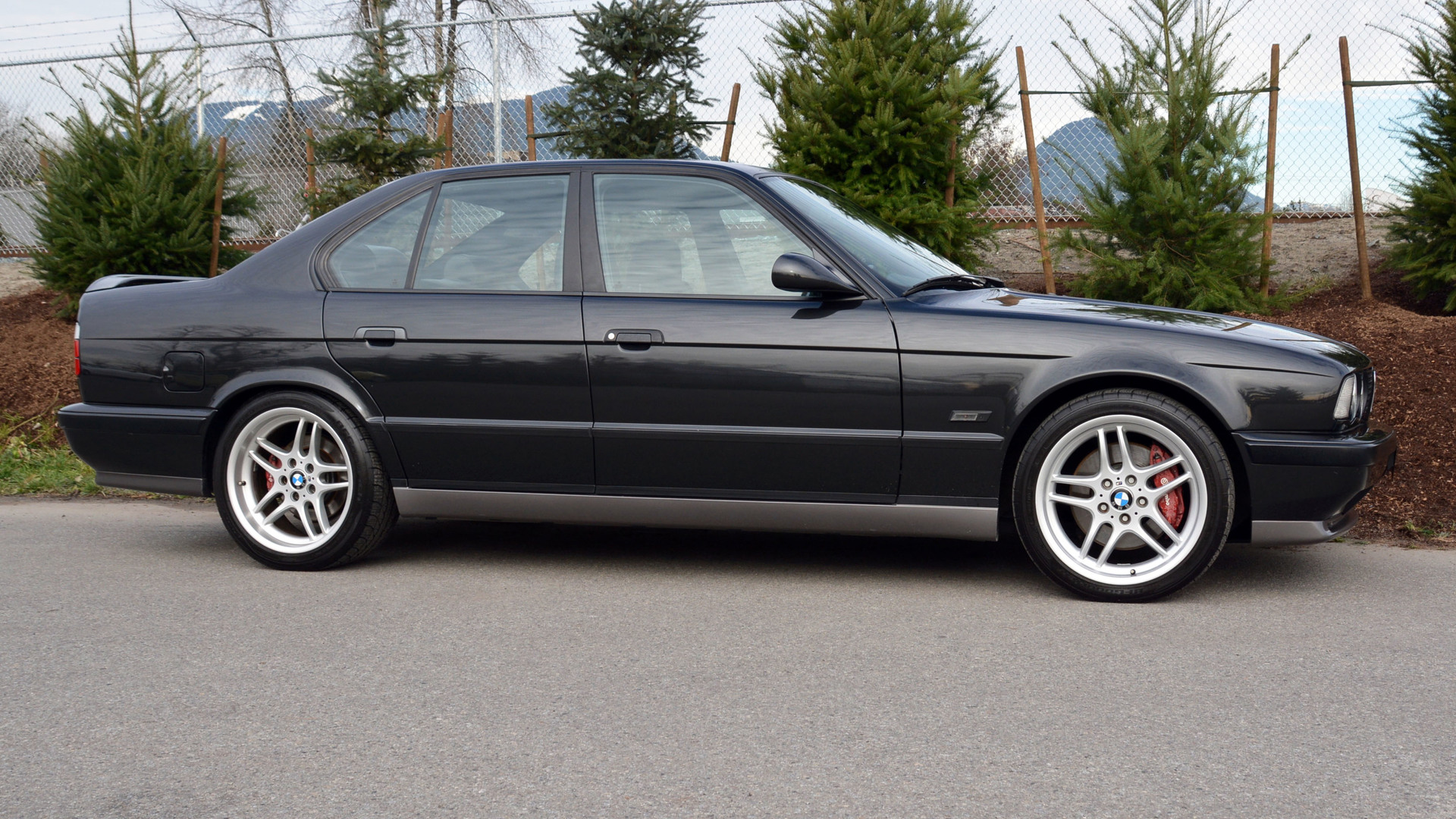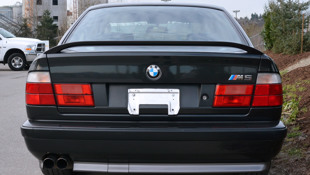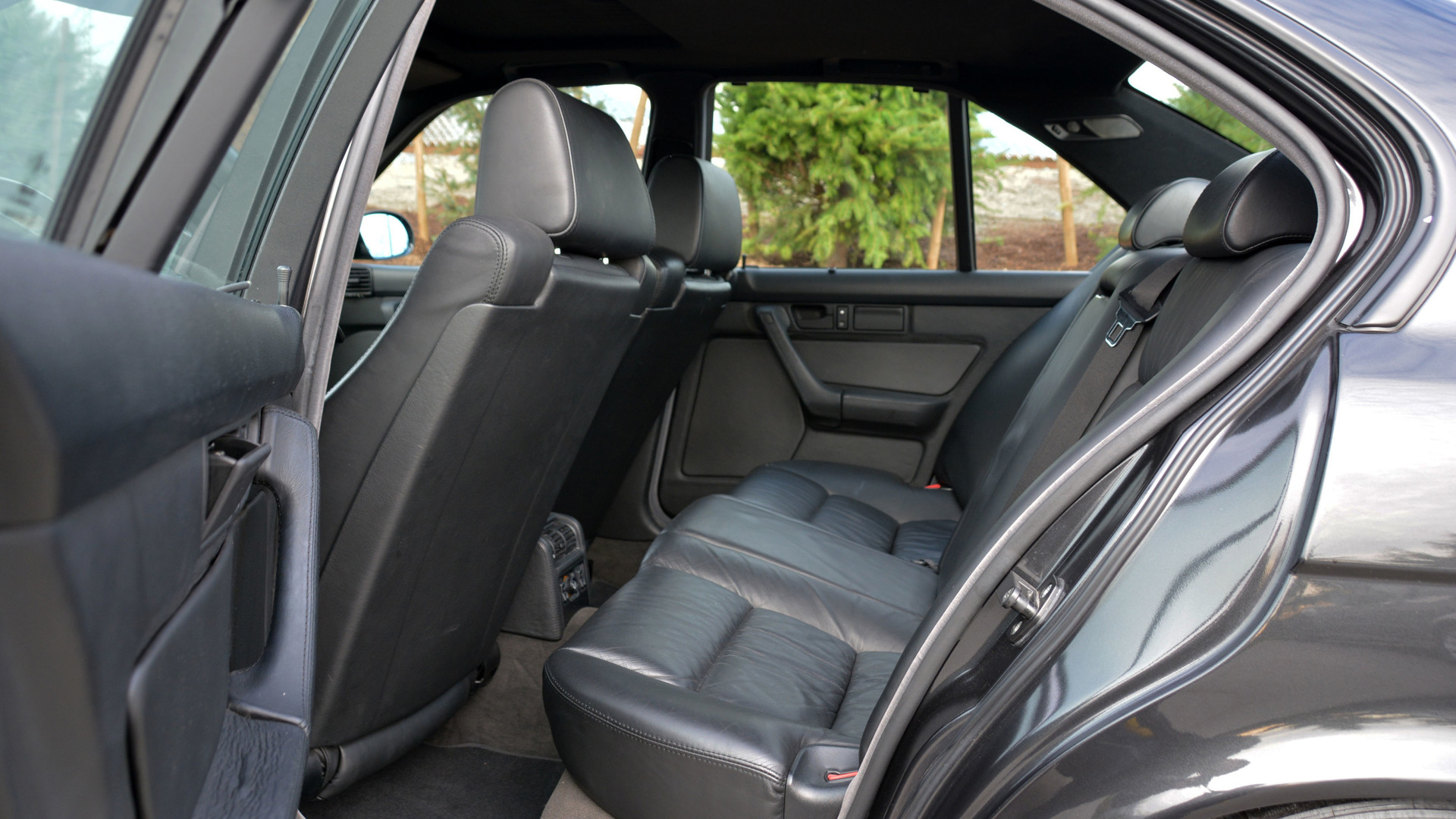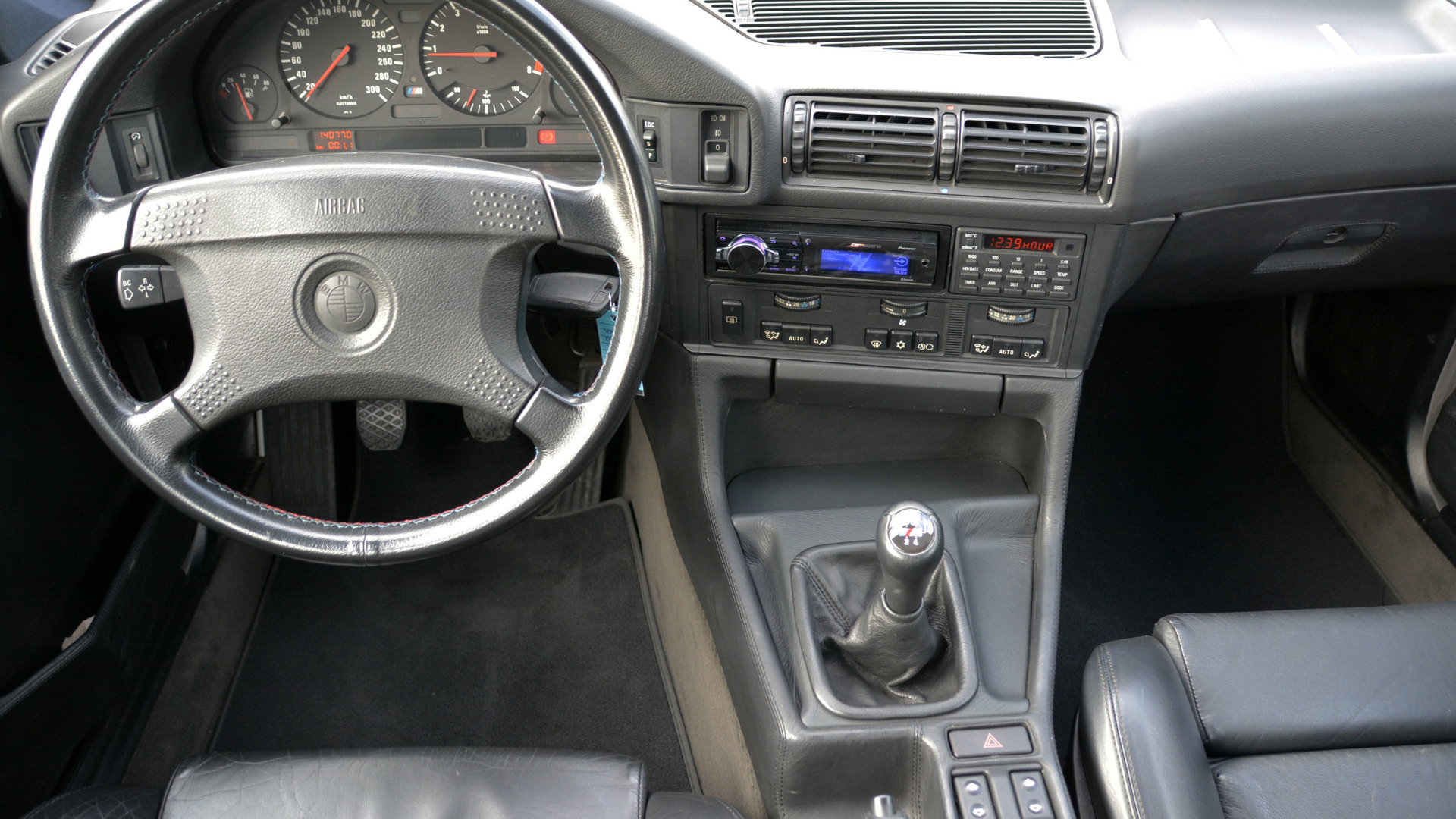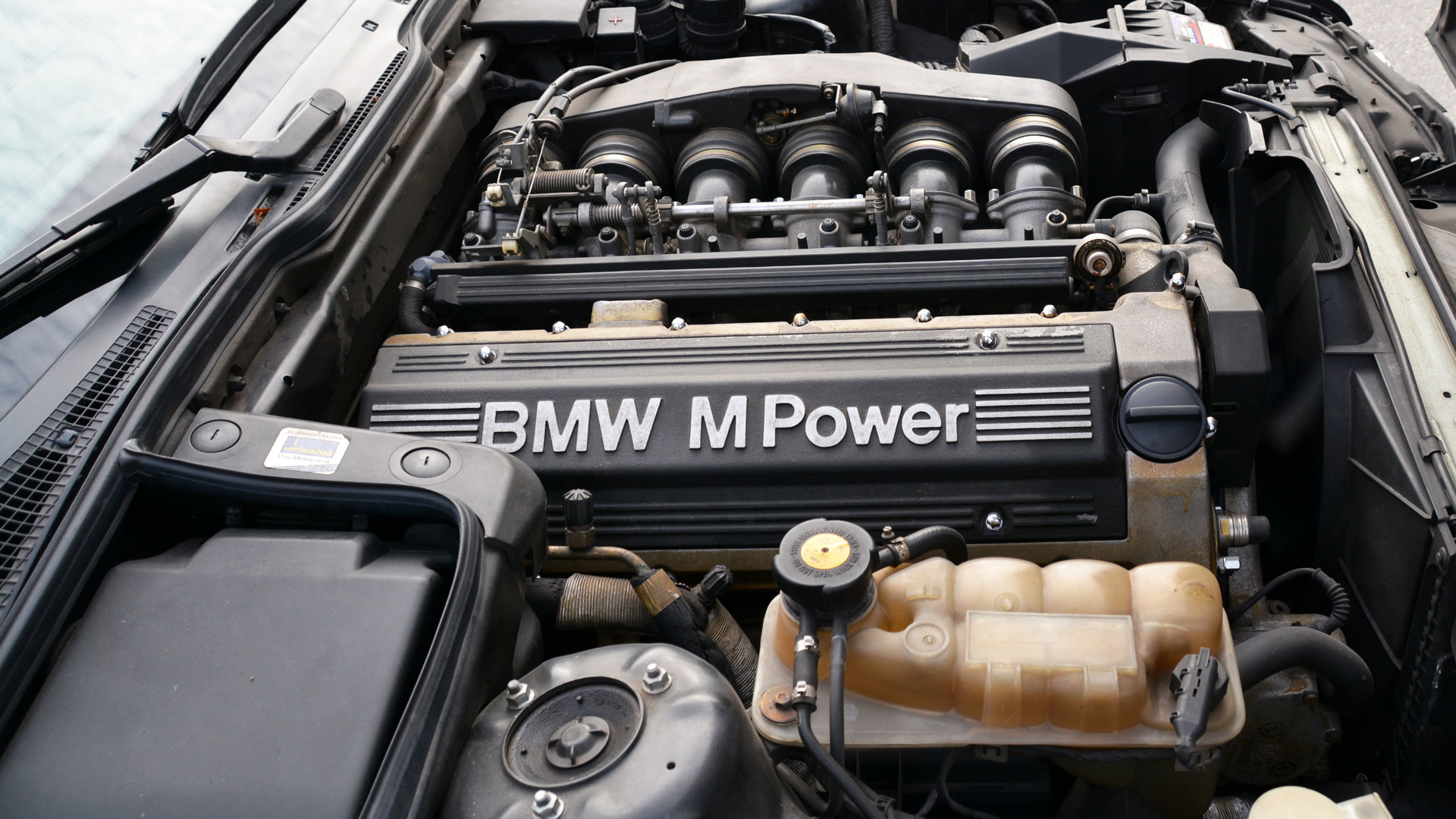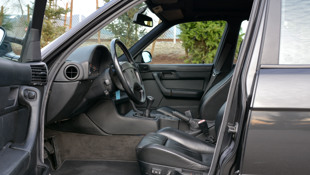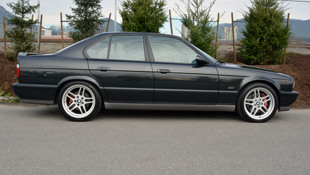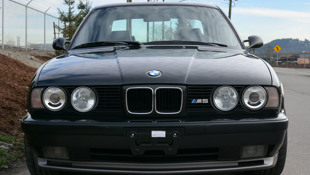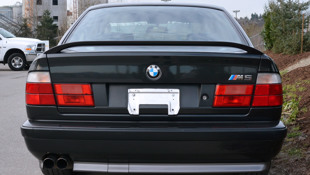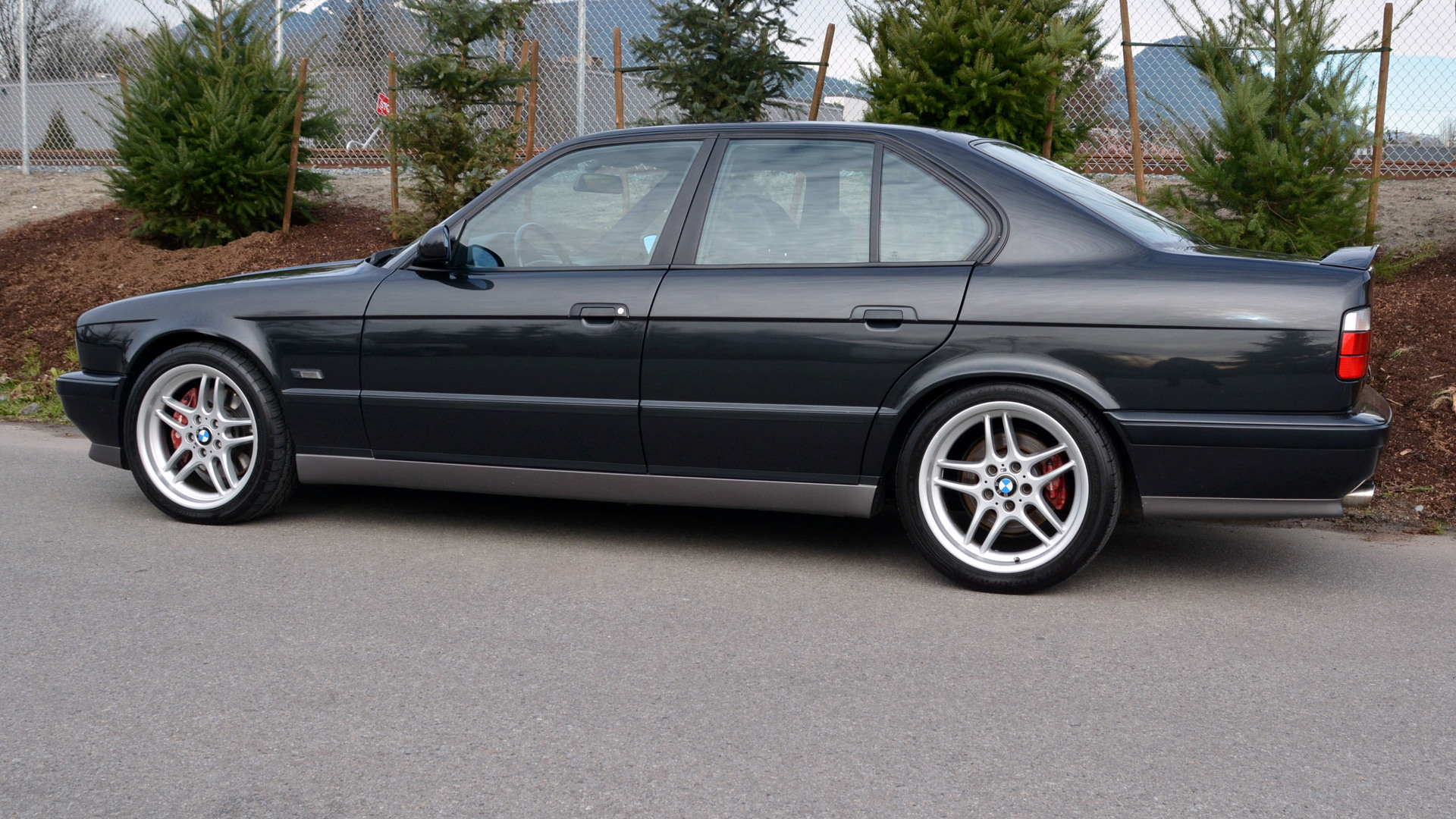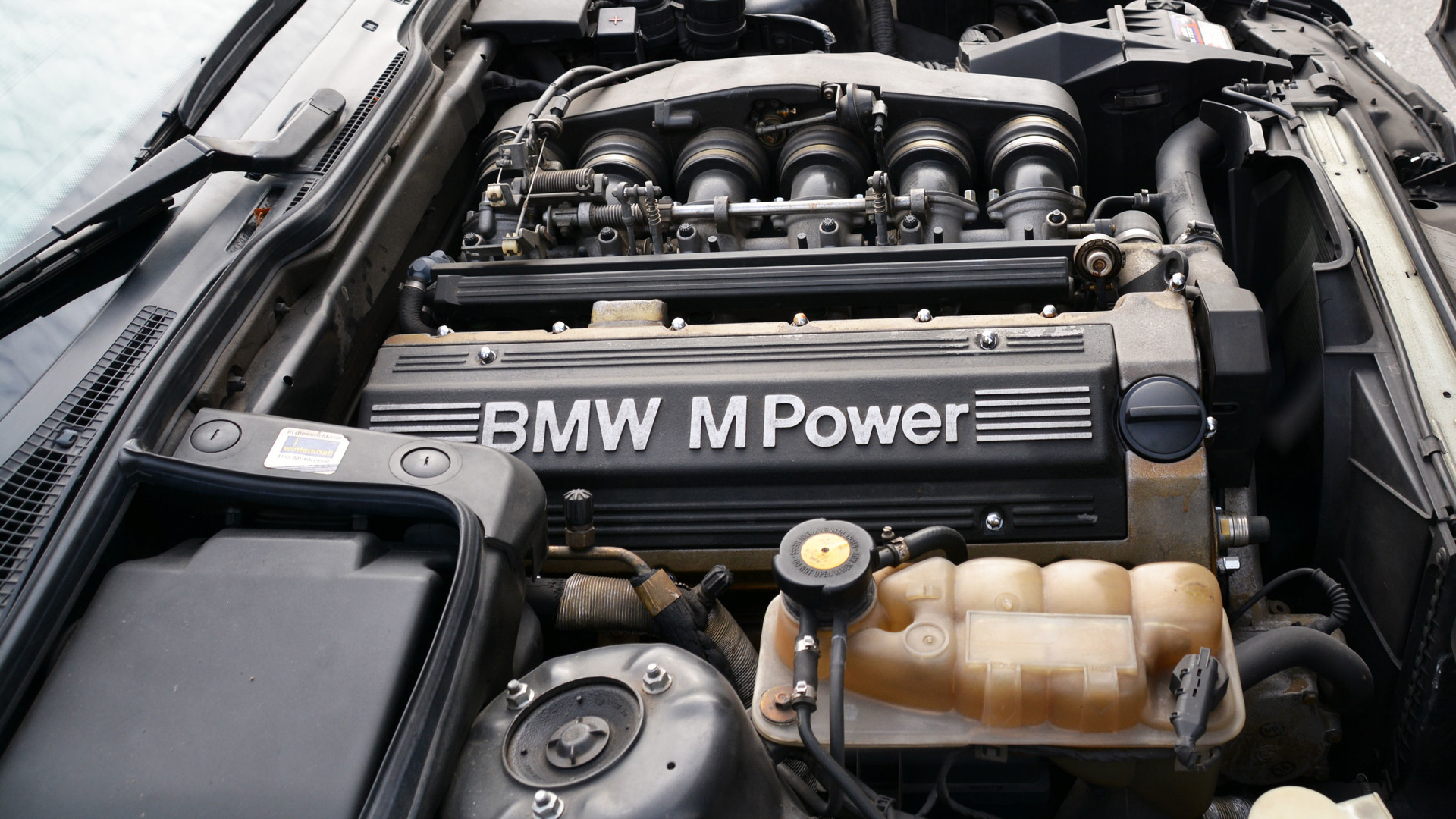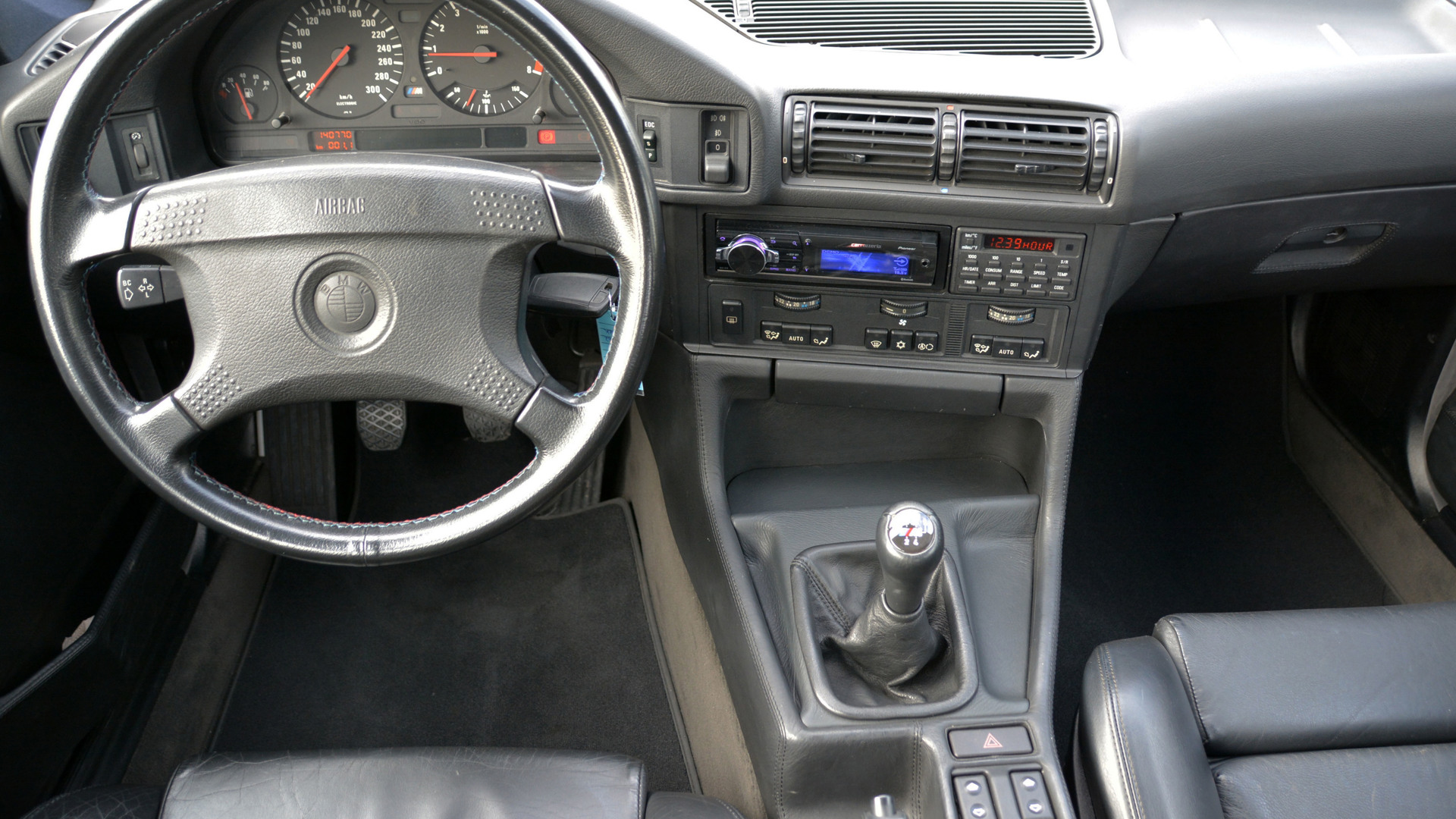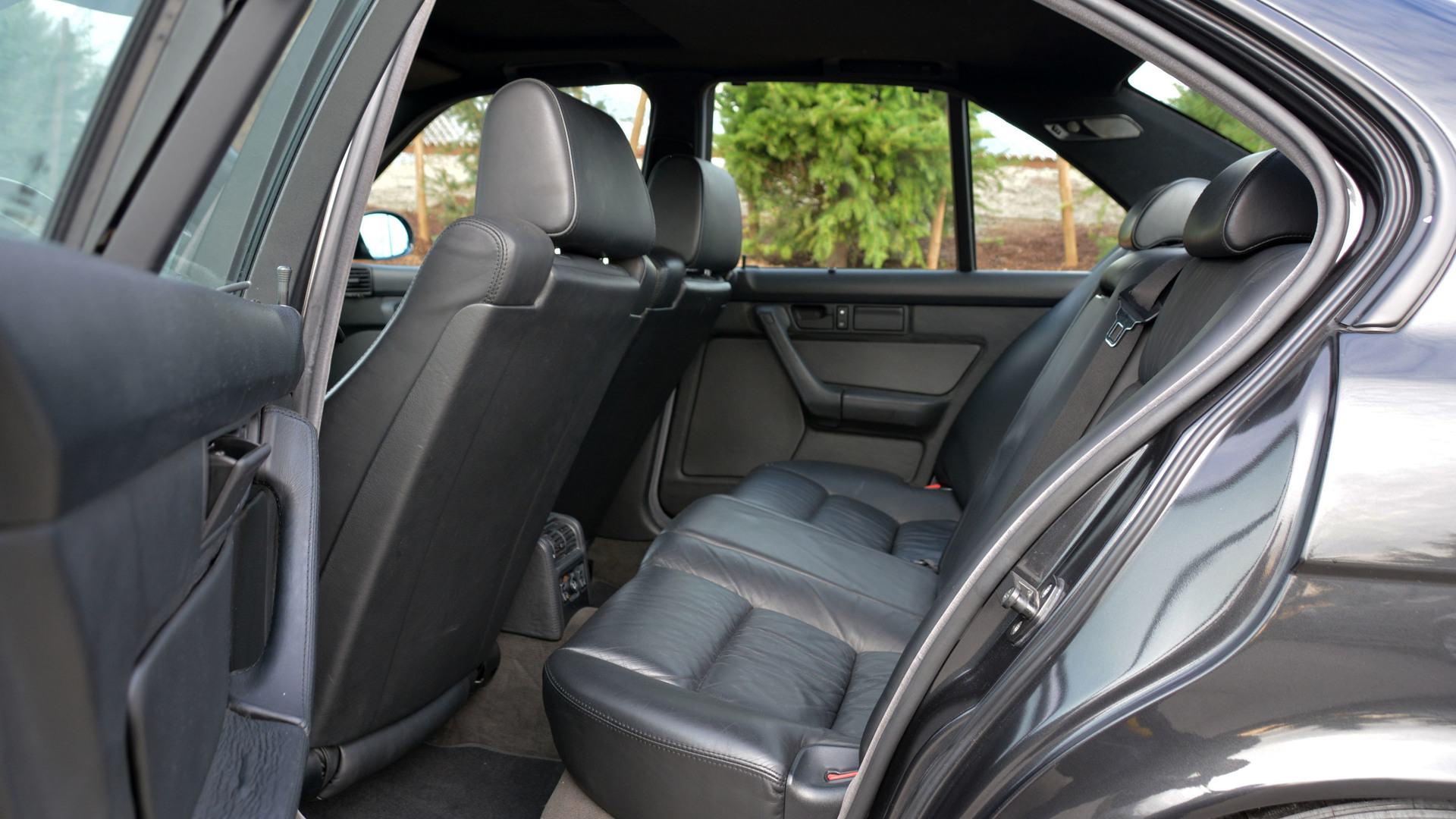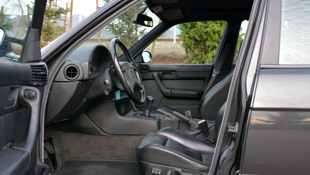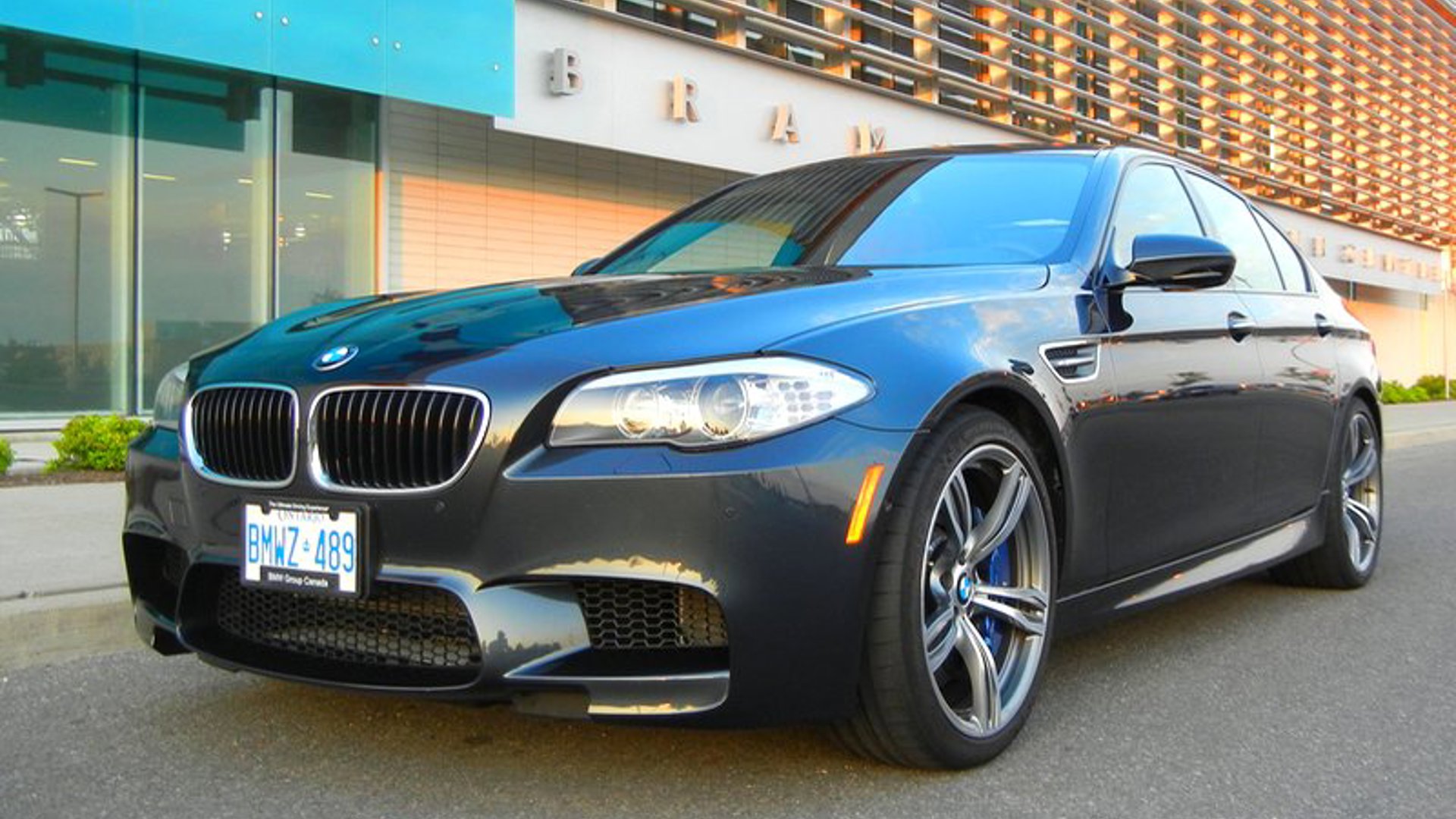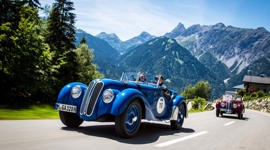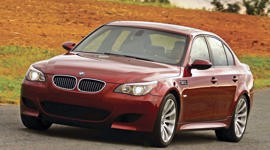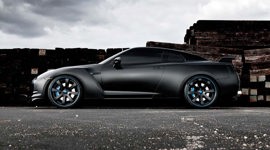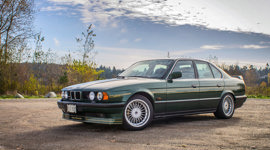M5. Those two characters represent one of the greatest sports sedans to ever roam the earth. An executive express, for when that boardroom meeting might be on the other side of a conveniently located racetrack. While the modern M5 offers supercar levels of performance and luxury car heft, that wasn't always the case. BMW's 5 Series used to be smaller, lighter, and more analogue, as was the performance version built from its bones. Like this one, from the second generation of the M5. It's the autoTRADER.ca Find of the Week, a 1993 BMW M5.
BMW M was created to build BMW's racing cars, a job it took on and did well. But it wasn't many years before the racing division started to bleed into the production side of the business. Because "Win on Sunday Sell on Monday" works best when buyers can see a little bit of that race car tech on the showroom floor.
After making the first M car, a standalone supercar called the M1, the staff at BMW M applied what they had learned to the 5 Series sedan. The first M5 was launched in 1985, using the inline-six from the M1. It was the fastest sedan in the world at the time, but was mostly just a 535i with that bigger engine.
For the second-generation M5, BMW M went all-out. They took a painted bodyshell off the 5 Series line at BMW Dingolfing and shipped it to the BMW M factory in Garching. It was then hand-assembled instead of the mix of robot and human that the standard car would see.
Under the long hood was still a development of the inline-six from the M1, starting at 3.6L but by 1993, like this car, punched out to 3.8L. That larger displacement meant 335 hp and 295 lb-ft of torque. Those power figures are higher than Canadian cars, because this one was imported from Japan. Our market kept the 3.6L engine with around 310 hp for the second M5's full run.
Extensive suspension upgrades included a host of changes to tame the already competent 5 Series and let it handle the extra power. For 1992, an electronically controlled adaptive suspension system was fitted, offering computer-controlled variable damping and giving the car a comfort setting as well as a sport mode in order to keep the M5 planted when you were driving it quickly.
While there was plenty on offer where you couldn't see, the M5 was downright sedate where you could. The extremely subtle body changes included a lip spoiler in the front, a small wing on the trunk, and a series of M-specific wheels including these M-Parallel versions that were actually from a later year car. Even the twin exhaust tips weren't much to look at, which means that the biggest clues to the performance came from the pair of M5 badges and the fleeting sight of the car when the driver hits the loud pedal.
The seller of this car says it's one of just 100 M5 sedans built for Japan in this generation and was imported to Canada in 2014. It has the Nurburgring Package, which means that the adaptive suspension can be locked into the firmest setting as well as including a thicker anti-roll bar in the back and speed-sensitive power steering.
It's for sale in North Vancouver, with just 141,000 km on the odometer. If you're looking for a discreet super sedan from an era when steering feel was still a thing, then this M5 might be exactly what you're looking for.
